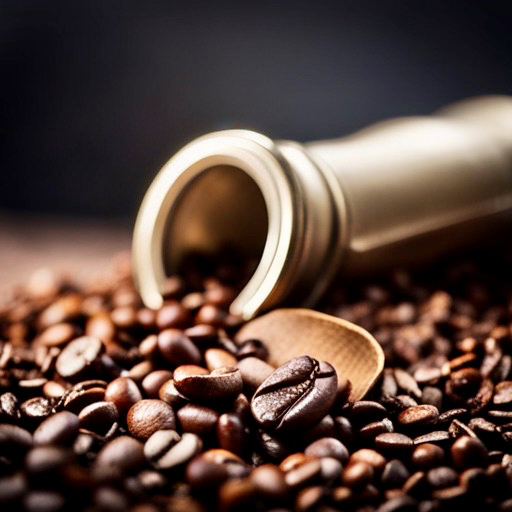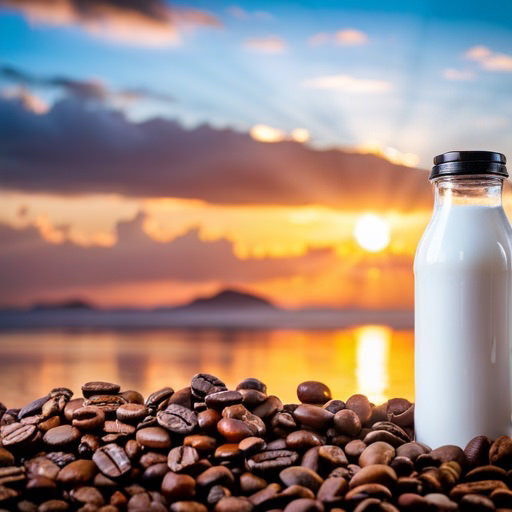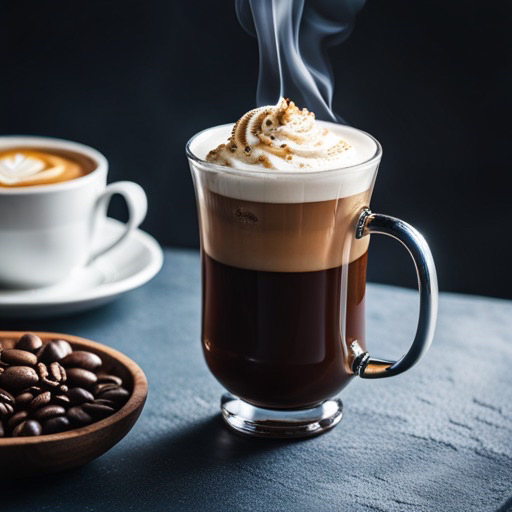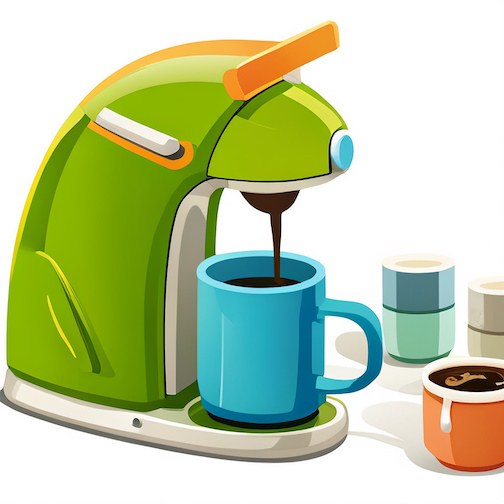For coffee enthusiasts and casual drinkers alike, the journey to the perfect cup of coffee begins with the grind. The coffee grinder is an essential tool in the quest for that sublime brew, as it plays a crucial role in determining the overall flavor profile. This comprehensive guide explores the different types of coffee grinders and how they affect the taste of your morning cup of coffee.
The Importance of Grinding Coffee
The process of grinding coffee beans breaks them down into smaller particles, which enables the extraction of flavors and aromas during the brewing process. The size of these particles, known as the grind size, significantly affects the rate of extraction and, consequently, the taste of the final brew. For instance, a fine grind will produce a stronger, more intense flavor, while a coarse grind will yield a lighter, more delicate taste. Hence, selecting the right coffee grinder and knowing how to manipulate grind size is crucial for achieving your desired flavor.
There are two main types of coffee grinders: blade grinders and burr grinders.
Blade grinders are relatively inexpensive and straightforward to use. They feature a spinning blade that chops the coffee beans into smaller pieces. The longer the grinder runs, the finer the grind becomes. However, blade grinders often produce an uneven grind, with a mix of fine and coarse particles. This inconsistency can lead to uneven extraction during brewing and, ultimately, a less than optimal flavor. Moreover, the heat generated by the rapidly spinning blade can cause friction, which may alter the taste of the coffee.
Burr grinders are the preferred choice among coffee connoisseurs due to their consistency and precision. These grinders use two abrasive surfaces, called burrs, to crush coffee beans into a uniform size. The distance between the burrs determines the grind size, which can be adjusted to cater to different brewing methods. There are two types of burr grinders: flat burr grinders and conical burr grinders.
Flat burr grinders feature two parallel, flat burrs that grind coffee beans evenly and consistently. They produce a uniform particle size, allowing for optimal extraction and a balanced flavor profile. However, flat burr grinders tend to generate more heat and noise than their conical counterparts, and they can be more challenging to clean.
Conical burr grinders consist of a cone-shaped burr that sits within a larger, outer burr. As the beans pass through the grinder, they are crushed between the two burrs, resulting in a consistent and uniform grind. Conical burr grinders are generally quieter and generate less heat than flat burr grinders, preserving the delicate flavors and aromas of the coffee beans. They are also easier to clean and maintain.
The Impact of Grind Size on Flavor
The grind size directly affects the extraction process and, ultimately, the flavor of your coffee. Different brewing methods require different grind sizes to achieve the best results. For example:
- Espresso requires a fine grind to ensure a high extraction rate and a rich, full-bodied flavor.
- Pour-over methods, such as the Hario V60 or Chemex, call for a medium-fine grind to strike a balance between extraction and brew time.
- French press and cold brew methods work best with a coarse grind to avoid over-extraction and bitterness.
The journey to the perfect cup of coffee begins with selecting the right coffee grinder and mastering the art of grinding. Understanding the differences between blade and burr grinders, as well as the impact of grind size on flavor, is essential
Please note that if you purchase from clicking on the link, some will result in my getting a tiny bit of that sale to help keep this site going.






